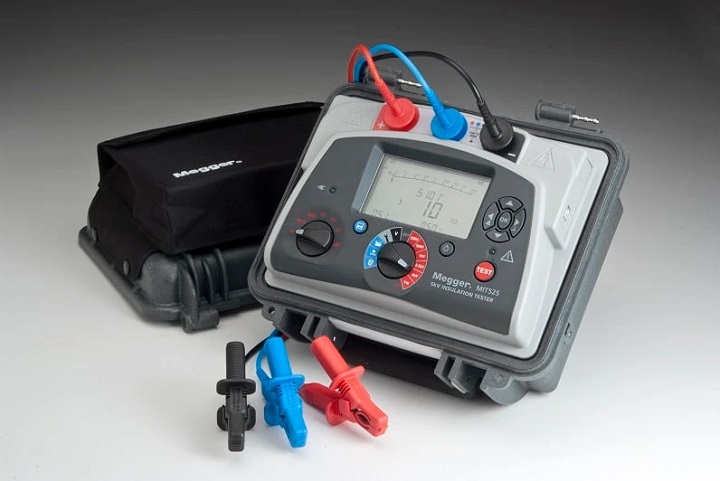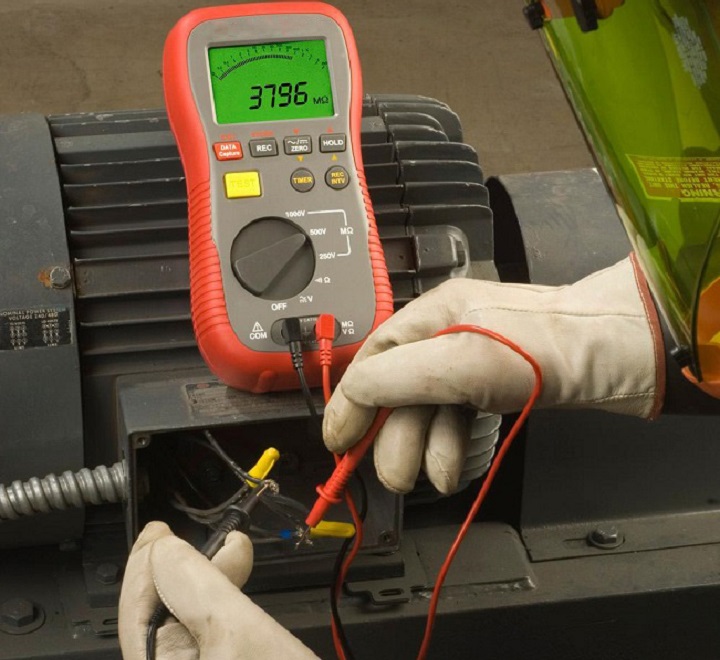Reasons to Perform IR Testing and How They’re Done
Insulation testing is one of the most important types of testing done for electrical maintenance, and in fact, at least two-thirds of the testing performed on electrical components involve some sort of insulation integrity evaluating. This is due to the fact that insulation starts to wear as soon as it’s made, and as it ages, its performance is constantly on the decline. Harsh environments, like those in industrial settings where there’s chemical contamination or temperature extremes only make the deterioration process faster.

As a result, it’s important to identify any deteriorating quickly using an insulation resistance tester so that the proper steps involving fixing or preventing it can be taken. Insulation resistance testing is a simple type of test, and all you have to do is connect the insulation resistance tester to the equipment that needs testing, and you apply a test voltage for about a minute, which is standard industry practice. In this time period, the resistance should either remain steady or drop. Larger insulation systems typically show a steady decrease, whereas smaller insulation systems usually remain steady due to the fact that the absorption and capacitive currents drop to zero much quicker.
Worth noting is that insulation resistance is temperature-sensitive. When the temperature rises, the resistance goes down, and when the temperature drops, the resistance goes up. That being said, in order to compare readings, you’ll need to “correct” them to comparative temperatures, which are usually 20°C and 40°C. To get a better understanding of how this works, imagine you get an insulation resistance reading of 50 megaohms at an insulation temperature of 30°C. So, when you correct the insulation resistance at 20°, the reading would be 50 megaohms times 2, or 100 megaohms.

Another thing to take into account is that the acceptable values of insulation resistance will depend on the type of equipment being tested. Typically, field testers use the standard of one megaohm per kilovolt plus one. However, NETA (International Electrical Testing Association) provides much more realistic values, so you should check them out. You want to compare test results to previous readings and readings taken from similar pieces of equipment.
With that said, you can find a wide range of IR testers online, so you can find a model that fits your budget and application perfectly. Some of the most popular brands that make great insulation testers include AEMC Instruments, FLIR, Kyoritsu, Megger, Benning, etc.
